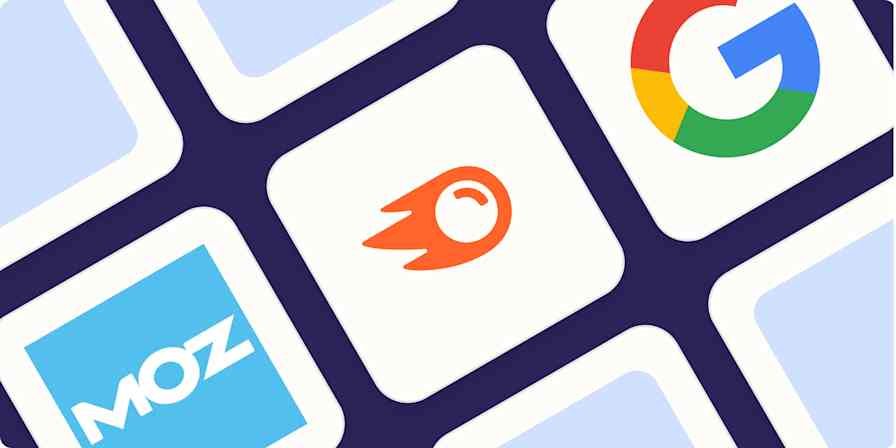Business tips
5 min readSEO vs. PPC: Which to choose for your growing business
By Matt Diggity · December 17, 2020

Get productivity tips delivered straight to your inbox
We’ll email you 1-3 times per week—and never share your information.
Related articles
Improve your productivity automatically. Use Zapier to get your apps working together.








